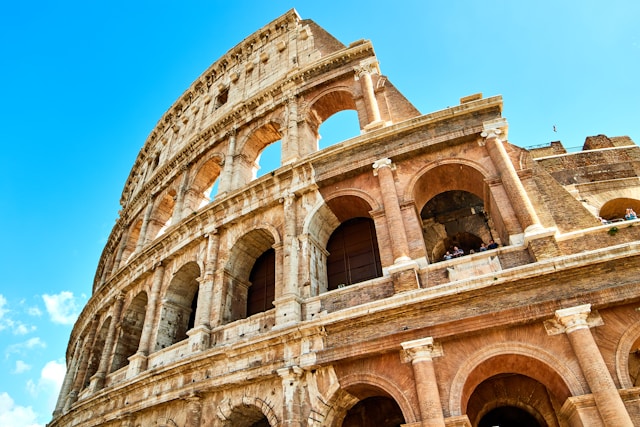Italy is a dream destination for many, with its rich history, stunning landscapes, and world-renowned cuisine. However, choosing the best time to visit can be challenging due to the country’s varied climates and seasonal events. This guide will help you determine the best time to travel to Italy based on your preferences, whether you’re seeking warm beach days, cultural experiences, or fewer crowds.
Spring (March to May): A Blossoming Paradise
Spring is one of the most popular times to visit Italy, and for good reason. The weather is mild and pleasant, with temperatures ranging from 15°C to 25°C (59°F to 77°F). This is the ideal time to explore Italy’s vibrant cities, like Rome, Florence, and Venice, without the sweltering heat of summer or the large tourist crowds. The countryside comes alive with blooming flowers, making it a perfect time for wine tours in Tuscany or hiking in the Cinque Terre.
Summer (June to August): Sun, Sea, and Celebrations
Summer in Italy is synonymous with sunshine, beach vacations, and lively festivals. Coastal regions, such as the Amalfi Coast, Sicily, and Sardinia, are particularly popular during this time, with temperatures often soaring above 30°C (86°F). While the cities can be hot and crowded, the coastal areas and islands offer the perfect escape with their beautiful beaches and crystal-clear waters. However, it’s important to note that August is the peak of the Italian holiday season, known as “Ferragosto,” when many locals head to the coast, leading to crowded beaches and higher prices.
Autumn (September to November): The Harvest Season
Autumn is another fantastic time to visit Italy, especially for those interested in food and wine. The temperatures are cooler, ranging from 12°C to 25°C (54°F to 77°F), and the crowds begin to thin out after the summer rush. This is the harvest season, making it an excellent time for culinary tours, vineyard visits, and food festivals. Cities like Milan and Bologna are particularly charming in the autumn, with their cozy cafes and bustling markets. Additionally, the changing colors of the foliage create a picturesque backdrop for exploring Italy’s historic sites and countryside.
Winter (December to February): A Cozy and Cultural Experience
Winter in Italy offers a completely different experience, with fewer tourists and a more authentic feel. While the northern regions, including the Alps and Dolomites, attract ski enthusiasts with their snowy slopes, the cities in the south, like Naples and Palermo, enjoy milder winters. Temperatures can vary widely, from below freezing in the mountains to around 10°C to 15°C (50°F to 59°F) in the southern cities. This is the perfect time to experience Italy’s rich cultural heritage, from the Christmas markets in Rome and Florence to the Carnival of Venice in February.
Special Considerations: Festivals and Events
Italy is home to numerous festivals and events throughout the year that can enhance your travel experience. The Venice Carnival in February, the Palio horse race in Siena during July and August, and the various wine harvest festivals in the autumn are just a few examples. Planning your trip around these events can provide a unique and memorable experience, but it’s important to book accommodations well in advance, as these times can be busy.
Conclusion: Tailoring Your Trip to Your Preferences
The best time to travel to Italy largely depends on your interests and what you hope to get out of your trip. For those who enjoy warm weather and beach activities, summer is ideal, while spring and autumn offer milder temperatures and fewer crowds. Winter is perfect for a quieter, more intimate experience with the added bonus of winter sports in the north. By considering the seasonal variations and special events, you can plan the perfect Italian getaway that suits your preferences.

